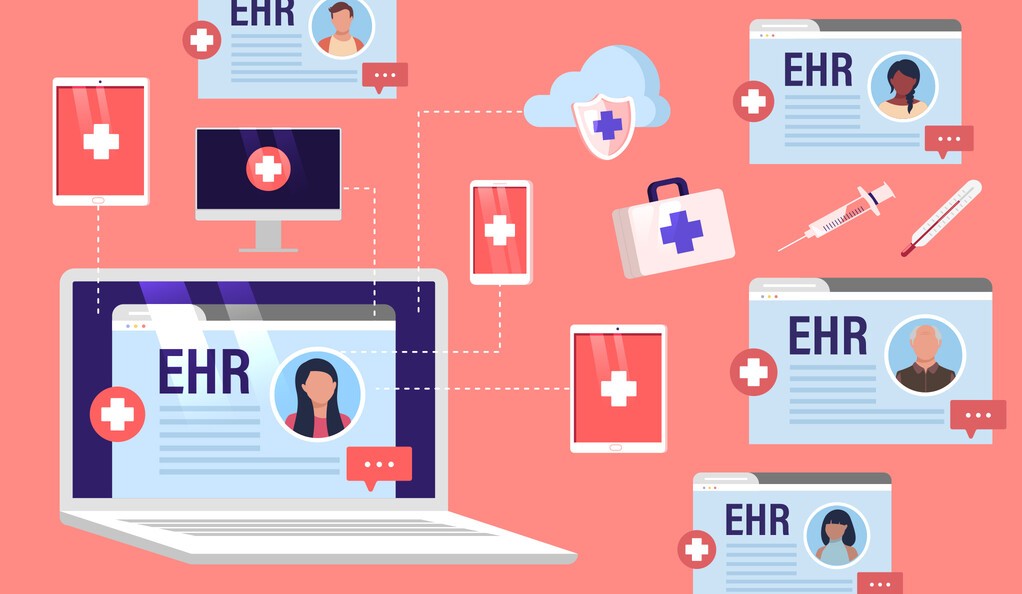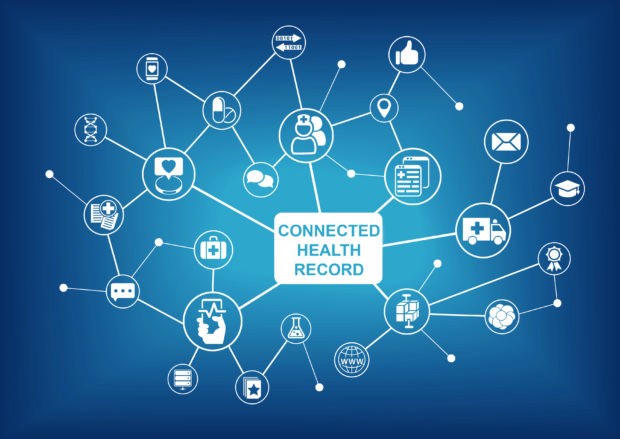How to Create Integrated Patient Records?
The healthcare administration industry has been growing at a rapid pace. This is most likely attributed to the increased construction of medical facilities resulting in an increased demand for healthcare administrators.
As such, pursuing a Master of Science in Healthcare Administration allows you to actively contribute to the shifting healthcare paradigm and be at its forefront. The responsibilities of a health administrator include dealing with patient information and using it to improve the patient experience.
This is where the Electronic Health Record (EHR) comes in. By integrating EHR, medical records are able to be accessed seamlessly across different electronic software solutions.
It provides easy access to a patient's health records, improving the health professional's ability to effectively diagnose and treat the patient. Patients are also able to electronically input their own information and automatically have it placed on their records, which makes for faster and more effective onboarding.
An EHR may be interchanged with EMR or Electronic Medical Record, but they technically mean different things. An EHR refers to a patient's electronic health record across multiple healthcare facilities and represents the long-term health record of the individual. Meanwhile, an EMR refers to data gathered within one health facility.
An EHR is basically a collation of multiple EMRs across different healthcare organizations.
Benefits of EHR
Higher quality and safer care are guaranteed for patients when their health information is able to be exchanged electronically.
An integrated EHR team is generally comprised of a diverse group of healthcare professionals, depending on what the patient needs. With integrated EHR, you're able to collect different opinions from various healthcare providers, allowing you to further improve primary patient care.
Integrated EHR with smart EHR integration API can also recognize that the needs of the patients aren't limited to healthcare. Multiple healthcare practitioners are then required to help provide optimal treatment and design an integrated care plan that is appropriate for the patient.
An EHR helps improve the patient experience by:
- Allowing quick and easy access to the patient's records resulting in a more efficient and coordinated care
- Helping the healthcare professionals diagnose the patients more effectively, minimizing the risk of medical errors and providing safer care
- Enabling the healthcare professionals to give safer and more reliable prescriptions
- Improving the security and privacy of the patient's data
- Improving the efficiency of the healthcare providers
- Providing patient information that is accurate, up-to-date, and complete
- Allowing for a secure exchange of information with patients and other healthcare providers
- Improving the convenience of health care, as well as the communication between the patient and their healthcare provider
- Promoting legible and complete documentation, as well as accurate and streamlined billing and coding
- Enhancing healthcare providers' productivity and work-life balance
- Reducing any additional expenses by decreasing the number of paperwork, improving safety, reducing any testing duplications, and improving health
How to Implement an Effective EHR System?
The aim of having integrated patient records is so healthcare facilities can provide efficient and secure patient-centered care. EHR integration helps doctors seamlessly exchange patient data from one electronic software to another and not risk losing any of the data.
That said, how exactly do you implement an effective EHR system? Well, there are several steps you can follow to achieve this, and they're as follows:
1. Create an EHR implementation and appoint members to be the Lead Super User, Lead Physician, and Project Manager. A strong and competent team will greatly help you go through the process of EHR implementation as smooth as possible.
Members of the team will be the ones to teach their colleagues vital EHR skills. In return, they will act as messengers to the team so that the team will be able to identify and solve challenges along the way.
2. Prepare the software and work with a competent IT professional to make sure it is compliant.
3. Choose the right hardware to help hasten the process of patient interaction. Your choice of hardware will vastly affect the time and money you spend on your practice.
4. Migrate data from your existing record system to your new EHR. There are a few ways to go about it. You can opt to assign one of your staff to perform the upload process, or you can hire temporary staff to take on that role.
5. Make sure to set solid workflows in place, as this will greatly decrease the stress that your staff will potentially experience. With efficient workflows, you and your team should be able to smoothen out any potential issues that might come up during the implementation.
6. Set up a training plan to make sure that all of your staff can get all of the important knowledge they need to properly use the EHR once it launches. After that, gather feedback from them to gain an insight as to which parts might need more improvement, and so on.
7. Ideally, also collect and encourage feedback from your users once the EHR is implemented. This way, you can solve any potential issues that might be present and even introduce new features that could help make it a lot more efficient.
Conclusion
The responsibilities of a healthcare administrator can vary but generally, they help foster a community within the medical facility and monitor the flow of professionalism. With EHR integration, their job is made easier as they're able to properly oversee the quality of medical care being provided to their patients.
An electronic practice management system that has EHR integration can help improve their insurance and eligibility verification and any important electronic data exchange. Effective integration of these solutions enables practices to improve any function for patient, practice and provider management in one system.
Knowing how essential healthcare administrators are to health and medical facilities, it's no surprise that the number of people wanting to earn a Master of Science in Healthcare Administration also continues to steadily rise.
As a healthcare administration candidate, you're able to gain the skills and knowledge you need to respond to public demands and maintain the mission and vision of your healthcare facility or department.

Apply Now - American Vision University - AVU
Related Posts
By accepting you will be accessing a service provided by a third-party external to https://www.avu.education/
Connect with us
155 N. Riverview Dr,
Anaheim Hills,
CA 92808, USA
-
Main Campus Operator949-501-3701
-
Email info@avu.education




